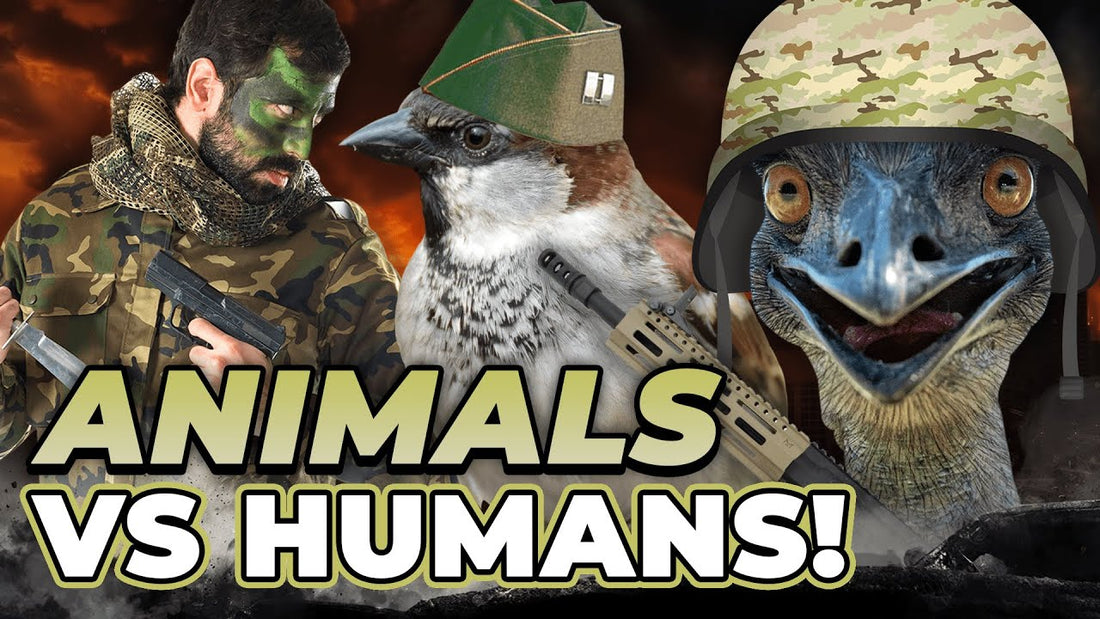
Animals in Conflict: Historical Events
The Great Sparrow Campaign in China
In an unprecedented move, China under Mao Zedong declared war on sparrows in the late 1950s, believing these birds were major contributors to crop destruction. This campaign, part of the Four Pests Campaign, aimed to improve crop yields by eliminating sparrows. However, the ecological imbalance that followed led to an unforeseen locust infestation, exacerbating the country's famine situation.
Australia's Emu War: An Unlikely Adversary
The Emu War of 1932 in Australia is a unique episode in the history of human-animal conflicts. The Australian government, seeking to protect farmlands in Western Australia from the destruction caused by emus, deployed military forces. However, the emus, displaying surprising evasive tactics, ultimately outmaneuvered the military efforts, leading to what many consider a humorous yet eye-opening defeat for the humans involved.
Saltwater Crocodile Encounters in Ramree Island
During World War II, Japanese soldiers stationed on Ramree Island in Burma faced an unexpected natural threat. The island's large population of saltwater crocodiles became a significant danger, leading to a desperate struggle for survival. This event is marked by disputed accounts of a mass crocodile attack, highlighting the unpredictable risks of wildlife encounters in conflict zones.
Bison Hunting and its Impact on Native American Control
The near-extinction of bison in North America serves as a grim example of how animals can become pawns in human conflicts. The US Army, in the 19th century, systematically promoted bison hunting to undermine the livelihood of Native American tribes. This strategy had lasting ecological and cultural impacts, with the bison only narrowly escaping extinction and now honored as the national mammal of the United States.
The Ecological Battle of the Goats in Galapagos
In a dramatic ecological intervention, the Galapagos Islands saw a massive effort to eradicate an overpopulated goat species that threatened the local ecosystem. Using helicopters and advanced hunting techniques, conservationists worked to control and eventually eliminate the invasive goat population. This mission, while successful in preserving the unique biodiversity of the Galapagos, came with its own set of challenges and ethical considerations.
The Fugitive Goats and Lonesome George
The story of the Galapagos goats is intertwined with that of Lonesome George, the last known individual of the Pinta Island tortoise. His tragic passing serves as a poignant reminder of the complex interplay between human actions and animal populations. The eradication of goats from the islands, while necessary for ecological balance, underscores the delicate nature of our interventions in natural habitats.
(video from: https://youtu.be/rg3LuEF73-0)





















No comments